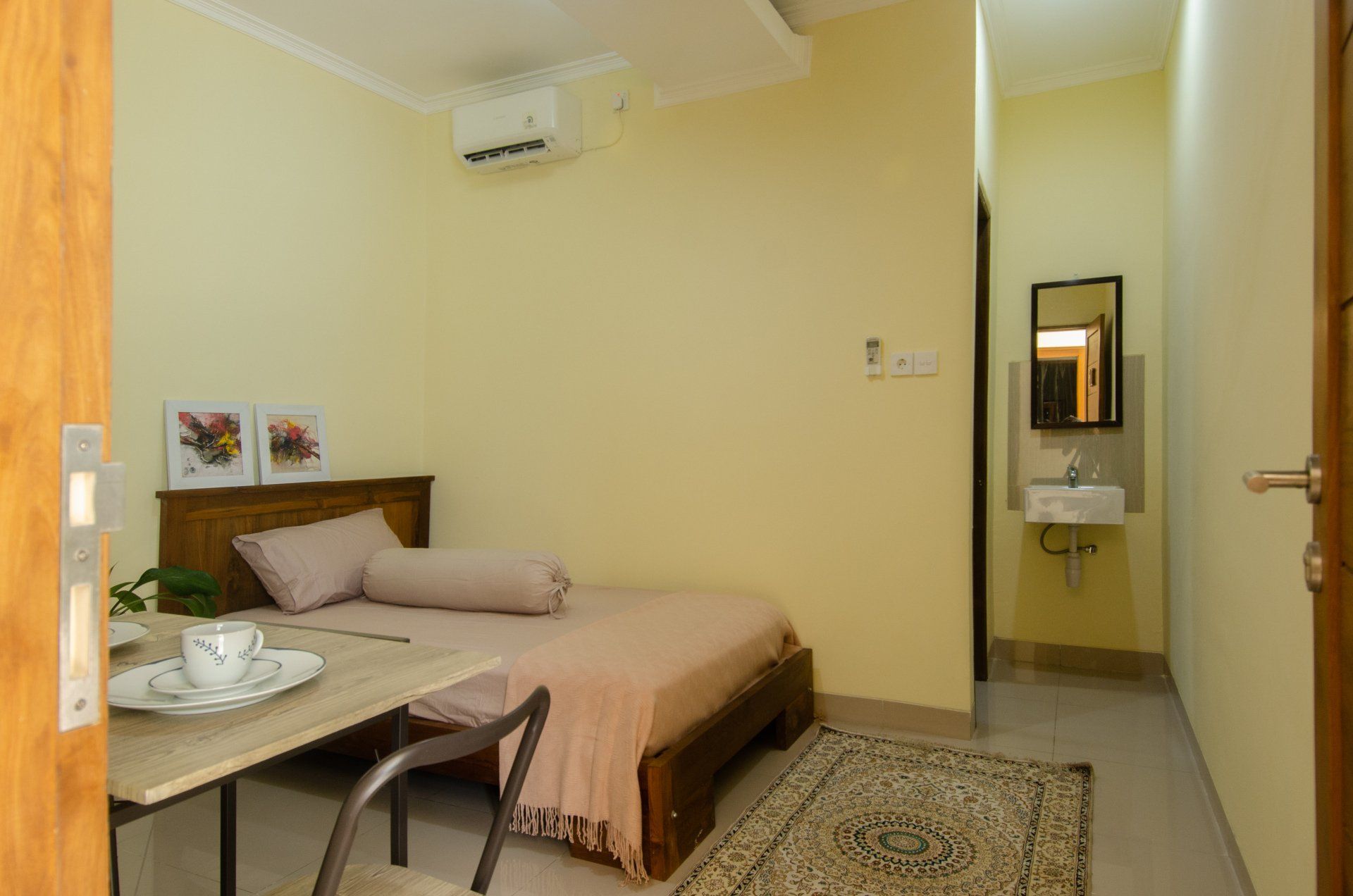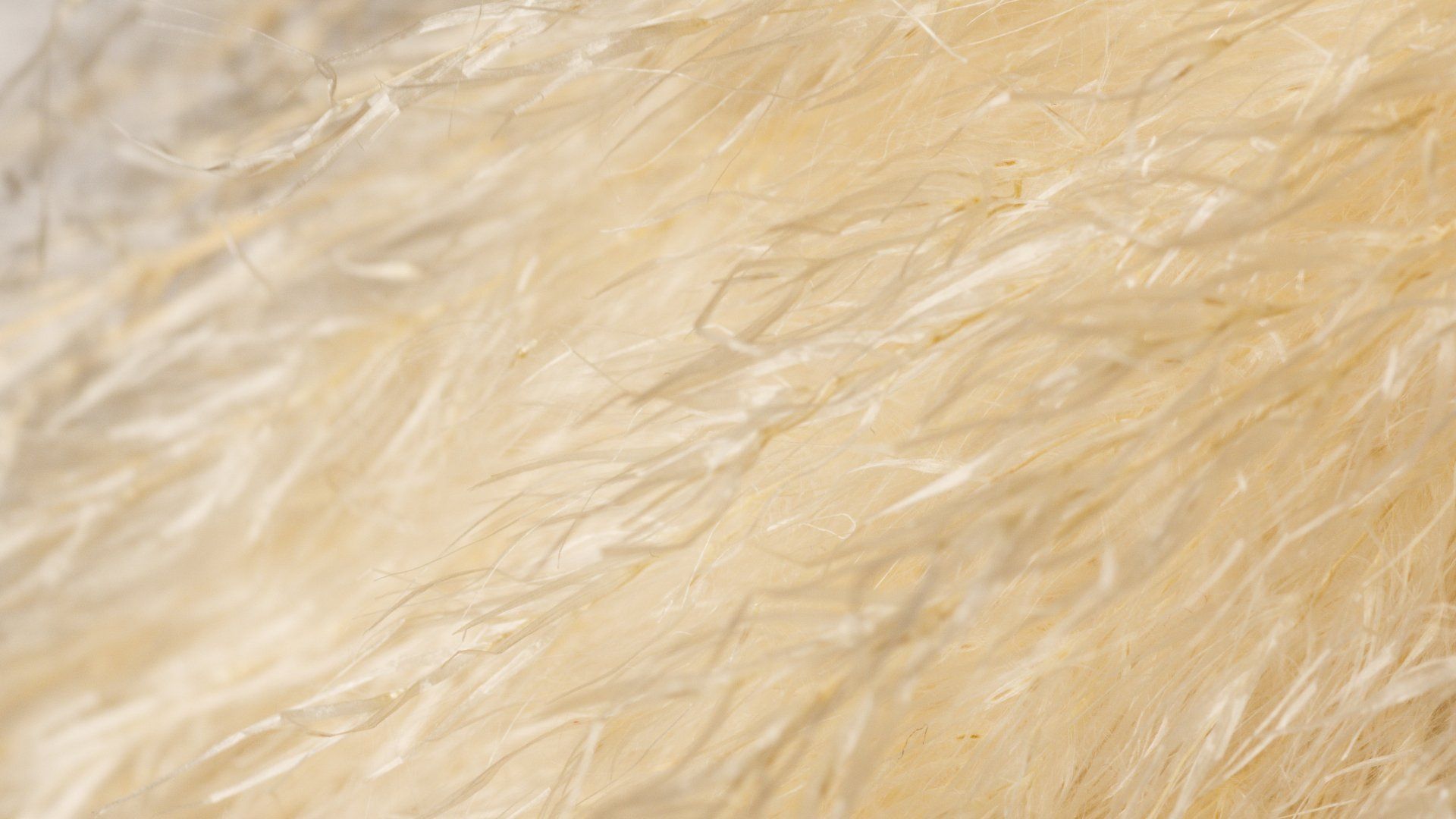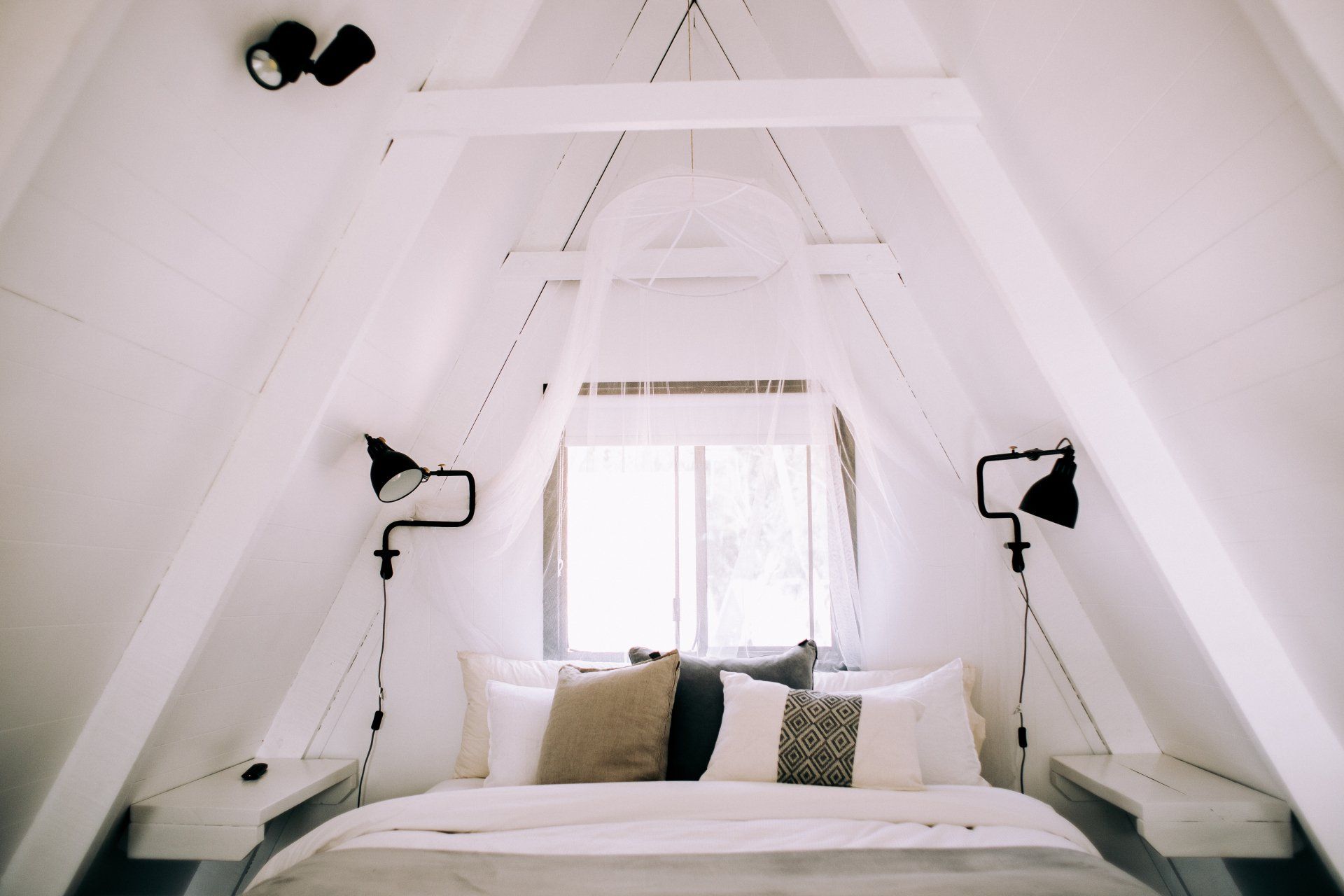A Step by Step Guide to Insulate an Attic That Is Unfinished
A Step by Step Guide to Insulate an Attic That Is Unfinished
Installing adequate insulation for the flooring of an attic, which isn't finished, is the most cost-effective method to make your attic more insulated. This technique will create an obstacle to block heat from passing through the ceiling. In addition, many homes have some sort of insulation in the area between the roof and your house. It's simple to enhance the insulation with the appropriate quantity.
1. Install a platform that can be moved into the desired location.
Planks or plyboards can be used to create a safe walking area. The platform should be spread over a minimum of three floor joists to ensure stability. Don't step on the joists of your attic without having a secure platform that can support your weight.
2. Provide a moisture barrier.
Be aware that you can skip this procedure if you're adding on to existing insulation.
If your attic does not have insulation or you've removed all the existing insulation, you'll require an airtight barrier to keep moisture out that separates the hot air inside your home and the cooler air inside the attic. A majority of builders and homeowners install polyethylene sheets under loose-fill insulation.
The insulation of blankets typically includes a foil or backing paper to stop moisture. Once you have applied your first layer of insulation, there is no barrier should be erected between the two layers of insulation. In reality, the likelihood is that moisture will be able to build up between the barriers if this barrier is left in place. When you install blanket insulation, take off any excess backing.
3. Make sure to seal the hatch door.
The blanket insulation material is by far the most convenient material for this project. You can cut two blankets into the thickness of a pad. Staple the pad to the edges of the hatch to keep it in position. Also, apply weather stripping to the hatch's door to create an encapsulated seal.
4. Install your blower (for loose-fill insulation only).
When making loose-fill insulation, work with someone. Set the blower outside, next to the attic vent or window access. Then, you can snake the hose that is attached to it to the ceiling. The couplers are wrapped with duct tape following attachment to prevent couplers from vibrating loose in the process.
The assistant will break the insulation that is loose into the hopper as you control the hose within the attic. This will prevent obstructions within the hose. Before starting work, you should create an enclosure around the hatch to ensure that the material doesn't escape while you work. Also, mark trusses to the fill level you want to use to make it easier to see your work.
5. Begin by tracing the wall that is closest to the door or hatch.
Whichever type of insulation you're using, you should work backwards to avoid tripping yourself into an awkward corner. If the insulation is blanket, measure and cut pieces and then put them between the joists. Continue to layer until you've layers of insulation that are deep enough over the tops of your joists. If you're using loose-fill insulation, pull the hose toward the eaves, and then fill the eaves first.
Also, make sure to fill in tight areas before they become a mess so that you don't leave gaps. For this, cut the blanket insulation in order to be able to fit snugly within the gaps. However, be cautious; placing the insulation in tightly-packed corners can create air pockets. If you're using loose-fill insulation, attach a length PVC pipe on the other end of the hose by using duct tape to reach those areas that are difficult to reach.










